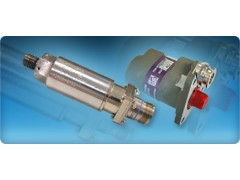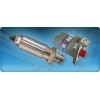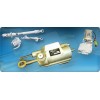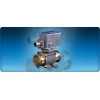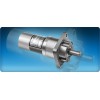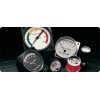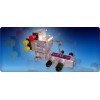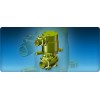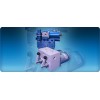Pressure Switches
membrane, piston or bellows
up to 525 bars (7600 psi)
Integrated electronics for signal processing and complex functions available
Provide very precise, accurate set points
Vibration tests pass easily with our unique and robust designs
Catalog valves can usually be adapted easily to meet special requirements
Two Ranges of Pressure Switches
Relative Pressure Switches
Provide the relative pressure between two points.
If both operating pressures are the same, the measuring element cannot move and no pressure will be indicated.
Indicated when one pressure is higher or lower.
Absolute Pressure Switches
Operate at the same settings above zero pressure despite atmospheric pressure changes
wher pressures are measured independently of the natural fluctuations in atmospheric pressure. The pressure of the media to be measured is compared against a reference pressure of absolute zero (absolute vacuum) in a sealed reference chamber.
Three Primary Sensor Technologies
Bellow Pressure Switches: Simple and Light
Uses axial deformation of a metallic bellow under the effect of pressure
Use controlled by limits of bellows and vibration effects
Use only for low and medium pressures
Diaphragm Pressure Switches: Strength and Accuracy
Legacy-proven pressure switch
Diaphragm deforms under pressure and transmits the movement to a micro-switch via piston
Deformation must remain small (0.1 to 0.2 mm) to stay within the elastic envelope of the diaphragm; movement must be amplified
Strength comes from diaphragm movement being limited by stationary switch, enabling it to withstand higher pressures
Piston Pressure Switches: A Simple Solution for High Pressures
Includes piston with dynamic seals that moves under pressure
Withstands very high pressures
Performance limited by hysteresis created by the friction of piston seals; mainly at low temperatures

